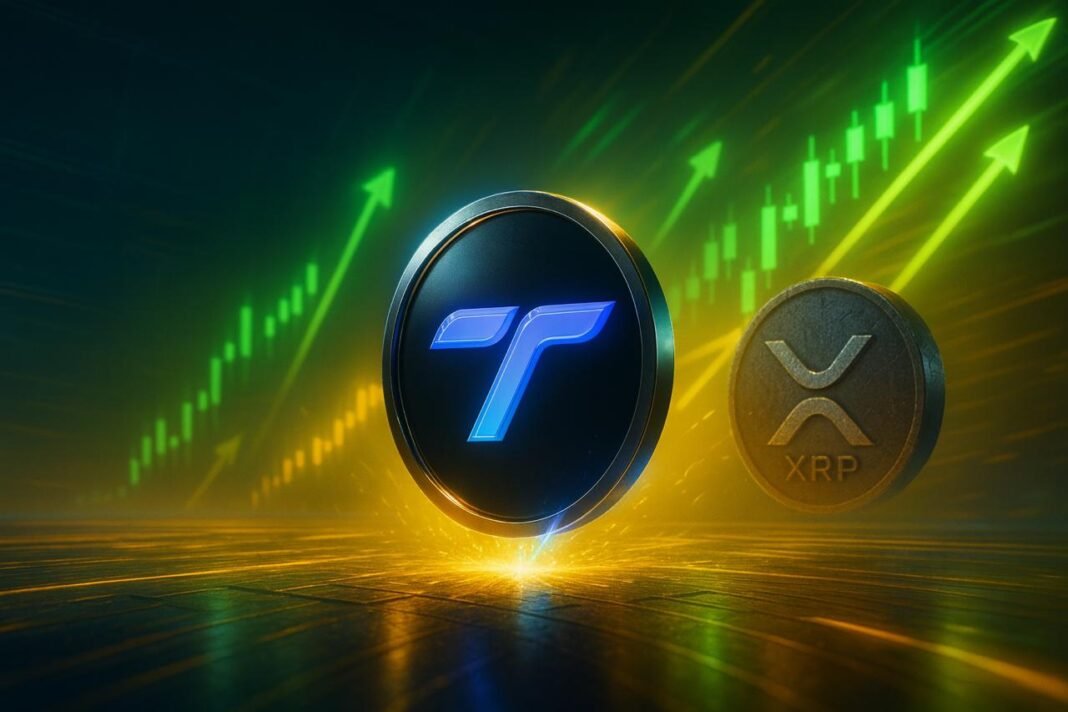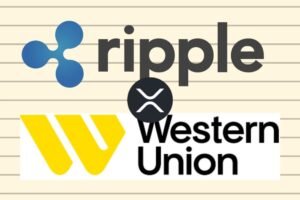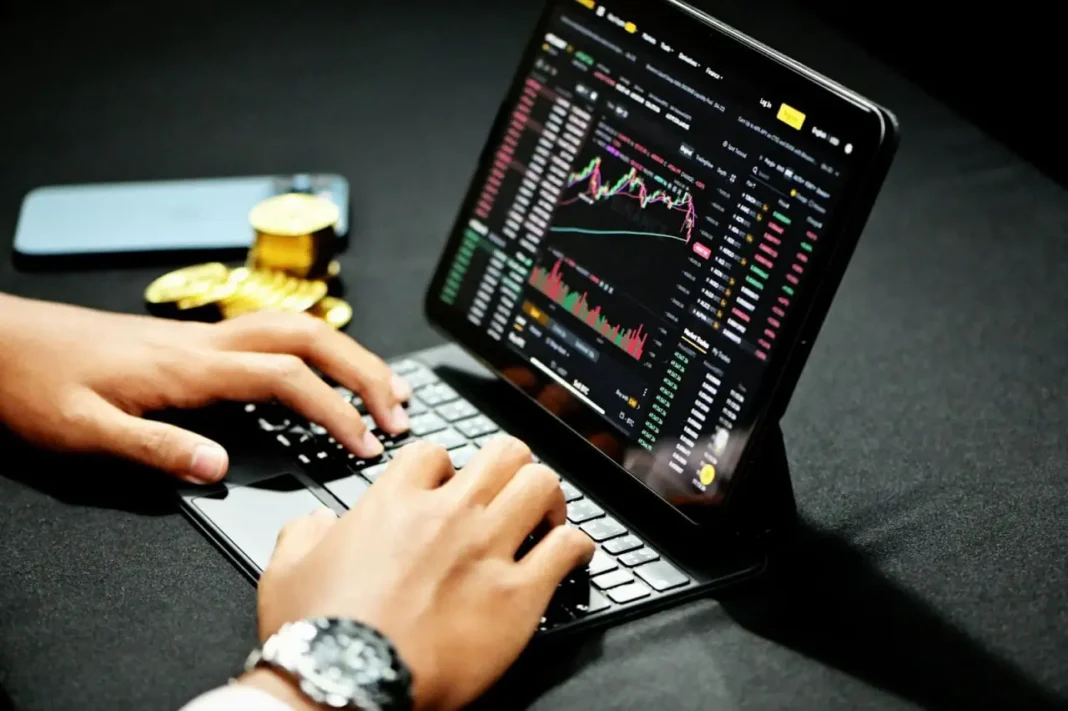Market Pulse
In the rapidly evolving landscape of Web3, Decentralized Autonomous Organizations (DAOs) have moved beyond their experimental phase. As of late 2025, these blockchain-native entities are demonstrating remarkable maturation, refining their governance frameworks, tackling legal ambiguities, and expanding their influence across an array of industries. Once seen as novel experiments in collective decision-making, DAOs are now solidifying their role as legitimate, often complex, organizational structures, pushing the boundaries of what constitutes ‘corporate’ governance in the digital age.
The Maturing Governance Frameworks
The early days of DAOs were often characterized by simple token-weighted voting, leading to challenges in voter apathy, whale dominance, and inefficient decision cycles. However, 2025 has seen significant advancements in governance mechanisms, moving towards more nuanced and robust systems. Many large DAOs now employ multi-layered approaches to ensure broader participation and more informed outcomes.
- Delegate Systems: Active and knowledgeable community members are elected or nominated to vote on behalf of smaller token holders, increasing participation and expertise in crucial decisions.
- Sub-DAOs and Working Groups: Large DAOs are increasingly segmenting into smaller, focused sub-DAOs or working groups, each responsible for specific functions like treasury management, marketing, or development, streamlining operations.
- Hybrid Voting Models: Combining on-chain voting for critical decisions with off-chain signaling and discussion forums allows for more flexible and community-driven policy formation.
- Reputation-Based Systems: Some DAOs are experimenting with reputation scores alongside token holdings, rewarding consistent, valuable contributions and engagement.
Legal Clarity and Operational Challenges
Despite their technological sophistication, DAOs continue to grapple with a patchwork of legal interpretations globally. While some jurisdictions have made strides in recognizing DAOs as legal entities – such as Wyoming and the Marshall Islands – a consistent international framework remains elusive. This lack of universal clarity presents significant operational challenges, particularly concerning liability, taxation, and contract enforcement.
Moreover, the inherent decentralized nature can sometimes clash with the need for swift, decisive action in competitive markets. Balancing the ideals of decentralization with the practical demands of operational efficiency and risk management is a constant tightrope walk for DAO leaders and contributors.
- Regulatory Ambiguity: The primary hurdle, leading to uncertainty regarding legal status and responsibilities for DAO members.
- Liability Concerns: Questions persist about who is legally responsible in the event of smart contract exploits or operational failures.
- Taxation Complexity: Determining how DAOs, their treasuries, and individual contributors should be taxed varies wildly by jurisdiction, creating compliance burdens.
- Coordination Overhead: While decentralization offers resilience, it can make rapid consensus and execution on time-sensitive matters challenging.
Impact on Industries and Beyond
DAOs are no longer confined to the DeFi sector; their influence is permeating a diverse range of industries. From shaping the future of gaming economies and NFT marketplaces to driving scientific research and philanthropic initiatives, the DAO model offers a compelling alternative to traditional corporate structures. In late 2025, we observe DAOs managing vast treasuries, funding innovative projects, and even acquiring traditional assets, signaling their growing economic power.
Beyond the native crypto ecosystem, enterprise-level interest in DAO-like structures for consortiums, supply chain management, and intellectual property collectives is also on the rise. The principles of transparent, auditable, and community-driven governance are proving attractive to established players seeking efficiency and trust.
Read Also: Animoca Brands Fuels Base Network’s DeFi Ascent with Strategic Aerodrome Investment
The Road Ahead: Innovation and Integration
Looking forward, the trajectory for DAOs involves continued innovation in governance tooling, deeper integration with AI for predictive analytics and decision support, and the development of more seamless inter-DAO communication protocols. As more capital flows into decentralized treasuries, the demand for sophisticated risk management and treasury diversification strategies will also intensify, likely leading to the emergence of specialized DAO-to-DAO services.
Furthermore, the push for greater user experience (UX) and accessibility will be paramount. Simplifying participation, enhancing educational resources, and building intuitive interfaces will be crucial for onboarding the next wave of decentralized citizens and ensuring DAOs reach their full potential.
Conclusion
The journey of Decentralized Autonomous Organizations through 2025 is one of significant growth and refinement. While challenges remain in legal integration and operational speed, the strides made in governance innovation and cross-industry adoption are undeniable. As these entities continue to evolve, they promise to reshape how we think about organization, ownership, and collective action, standing as a testament to the transformative power of decentralized technologies.
Pros (Bullish Points)
- Enhanced community participation and ownership in project development.
- Increased transparency and immutability in organizational decision-making.
- Potential for more resilient and censorship-resistant organizational structures.
Cons (Bearish Points)
- Ongoing legal and regulatory uncertainty can hinder mainstream adoption.
- Challenges in achieving efficient decision-making with large, diverse communities.
- Security risks associated with smart contract vulnerabilities in governance systems.
Frequently Asked Questions
What is a Decentralized Autonomous Organization (DAO)?
A DAO is an organization represented by rules encoded as a computer program, transparent, controlled by the organization's members, and not influenced by a central government.
How has DAO governance evolved by late 2025?
Governance has matured beyond simple token-weighted voting, incorporating delegate systems, sophisticated proposal frameworks, and sub-DAOs to manage specific functions efficiently.
What are the main challenges DAOs face today?
Key challenges include achieving legal recognition, ensuring operational efficiency, mitigating smart contract risks, and balancing decentralized ideals with practical decision-making speed.






